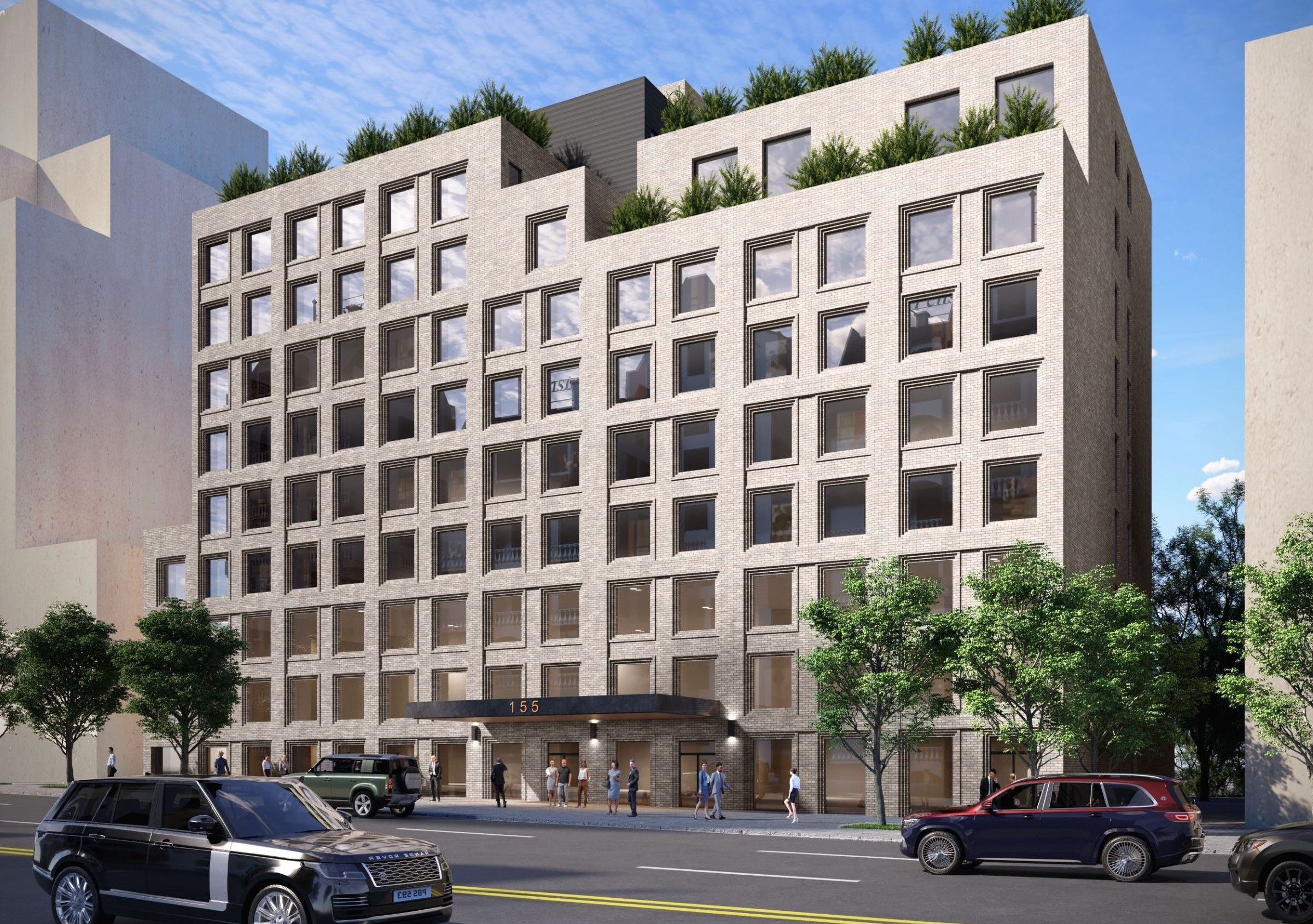Bringing Music to the Park Slope Manse of William M. Brasher
Brasher was a major manufacturer of oilcloths and did quite well enough that he could afford to build a fine mansion on the corner of 7th Avenue and Lincoln Place.

Photo by Susan De Vries
Editor’s note: This story is an update of one that ran in 2015. Read the original here.
William M. Brasher was a major manufacturer of oilcloths during the mid to late-19th century. He operated a factory on 7th Avenue at 20th Street for many years. He did quite well with these alternatives to rugs and carpets, enough so that he could afford to build a fine mansion on the corner of 7th Avenue and Lincoln Place, in Park Slope.
The large house at 58 7th Avenue, now the Brooklyn Conservatory of Music, was designed in the popular Victorian High Gothic style of the day. The house also has strong elements of Queen Anne styling, as evidenced in the massing of the different parts of the house, the mixture of materials used, and how they were assembled on the façade and interior.

The architect of this project was a little-known architect named S. F. Evelette, who had his offices on Montague Street in Brooklyn Heights. Not finding his first name, the only other building I could find for him is 312 Clinton Avenue, a four story brownstone in the Queen Anne style.
The house was built in 1881, at a time when the creation of Prospect Park and the neighborhood’s convenience to Flatbush Avenue and public transportation were causing it to grow rapidly. The blocks closest to the park were already becoming home to some of Brooklyn’s wealthiest people.


William Marston Brasher died in 1912. His widow Martha spent many of the rest of the years of her life suing people who displeased her. The papers were full of several very acrimonious battles between her and other people over property rights, foreclosures, and an ugly fight to disinherit her estranged daughter. After Mrs. Brasher’s death in 1920, that case went to court, as Martha cut her daughter and grandchild entirely out of her million-dollar estate. That’s a story for another day.
In 1924, the Park Slope Masonic Club purchased the Brasher house from the estate. They had been in existence for two years and had been meeting in other public halls and lodges. The announcement came with news that they planned on converting the house to their clubhouse “of the most modern and up-do-date type.”

They bought the house for $40,000 and planned on spending another $35,000 to refurbish it. The club had the money; their roster included some very important and deep pocketed folk, including Stephen Callaghan, a New York State Supreme Court judge, who was one of several trustees.
The Masonic Club owned the building until 1944, and it sold to the Brooklyn Conservatory of Music the next year. The conservatory was founded in 1897 by German immigrants to be a European-style music conservatory. Its first home was on the corner of Lefferts Place and Franklin Avenue. The conservatory was founded with over 200 members. By the time they bought this building, they had merged with the Queens Conservatory of Music, and this was initially the Brooklyn-Queens Conservatory of Music.

Over the years, they have grown and added and changed their programs to reflect other music besides classical, and now offer a wide range of programs for all ages. They also offer a Music Therapy program and needs scholarships to talented students. The conservatory is one of Park Slope’s most important cultural institutions.

[Photos by Susan De Vries unless noted otherwise]
Related Stories
- Welcome, Neighbor! Covenants and Deed Restrictions in Brooklyn
- Warming Up in Brooklyn: The Art of the Fireplace
- A Colorful Pre Civil War Manse Takes a Musical Turn in Park Slope
Email tips@brownstoner.com with further comments, questions or tips. Follow Brownstoner on Twitter and Instagram, and like us on Facebook.





What's Your Take? Leave a Comment